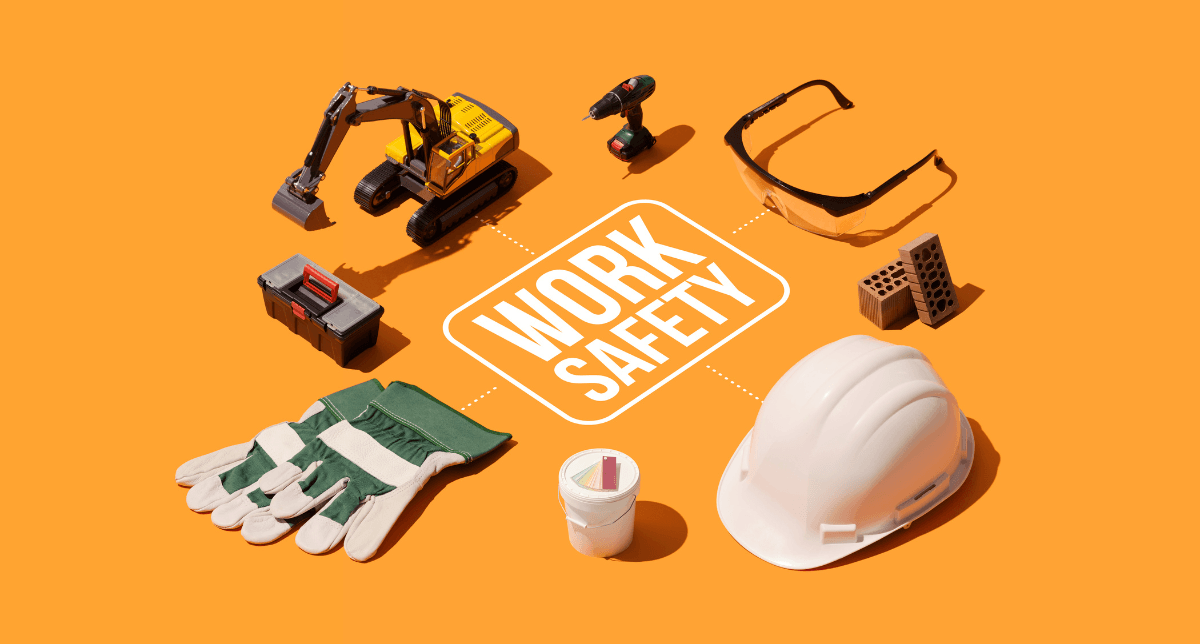By: Glenn Arnold, Director of Safety People
Let’s be honest, many safety roles are stuck in the past. Many were written before hybrid work became the norm, before psychosocial risk became a legal obligation, and long before we truly understood how poor safety role design contribute to stress, confusion, and, yes—harm.
I’ve been recruiting for organisation for close to 30 years, and I can tell you: the way a WHS role is scoped makes a massive difference. Clear, future-fit roles lead to better collaboration, fewer headaches, and stronger safety outcomes. When roles are vague, bloated, or misaligned? That’s when things fall over.
Here’s my take on what to check when reviewing your safety roles, and how to tell if your WHS position design is ready for what’s next.
1. Does the Role Go Beyond Ticking the Compliance Box?
If your WHS position descriptions are still all about policies and paperwork, they’re missing the mark. Today’s safety professionals are key contributors to resilience, wellbeing, and strategic risk leadership, not just rule enforcers.
Look for responsibilities that touch on mental health, change navigation, cognitive workload, and culture, not just the usual safety systems maintenance.
2. Is the Role Designed to Evolve?
WHS roles need to be dynamic. Organisations restructure. Tech changes. Legislation shifts. If the role can’t flex with these, it’ll become a liability.
Safe Work Australia emphasises adaptability as a principle of good work design and they’re spot on.
What to do? Bake review points into the job after system rollouts, restructures, or new legislation. Roles shouldn’t be locked in stone; they should shift with the business.

3. Are Decision Rights Crystal Clear?
Nothing slows a team down like unclear authority. If your safety leads aren’t sure when they can act or when to escalate, it’s a design problem, not a performance issue.
Tip: A simple decision-rights matrix can clear the fog. Who decides? Who consults? Who approves? Clarity here is gold.
4. Does It Tackle Psychosocial Risk?
This is no longer a “nice to have.” The law now requires that we treat unclear roles, excessive demands, and poor team design as safety risks—not just HR issues.
What to change? Include psychosocial risk management in the role scope, terms like “supporting psychologically healthy work design” or “monitoring cognitive load” should be in there.
5. Is the Role Reviewed at the Right Moments?
Set-and-forget doesn’t cut it. Annual reviews are too slow. Roles should be checked when teams change, projects kick off, or after an incident.
Real example: One agency rolled out a new system without clarifying task ownership. Within weeks, confusion spiked, incidents went unresolved, and stress claims hit HR’s desk. A timely role review would have saved a lot of grief.
6. Have You Actually Seen It Work on the Ground?
Paper-perfect position descriptions mean nothing if they don’t play out in the real world.
Proven wins:
- One organisation involved WHS leaders early in site design, which prevented manual handling issues before they even started.
- Others used job design reviews to improve role clarity; incident rates dropped, and morale lifted.
The lesson? Good design changes how people experience their work, not just what’s written in a document.
The Bottom Line
Redesigning WHS roles isn’t about rewriting a position description, it’s about setting people up to succeed, now and into the future. That means giving the right people the right authority, shining a light on risk, and removing the ambiguity that leads to harm.
If your current WHS roles tick all the boxes above, brilliant—keep going. If not, don’t wait for the next restructure or incident to act.
Need a fresh set of eyes on your safety structure? Let’s have a conversation: https://safetypeople.com.au/contact/


